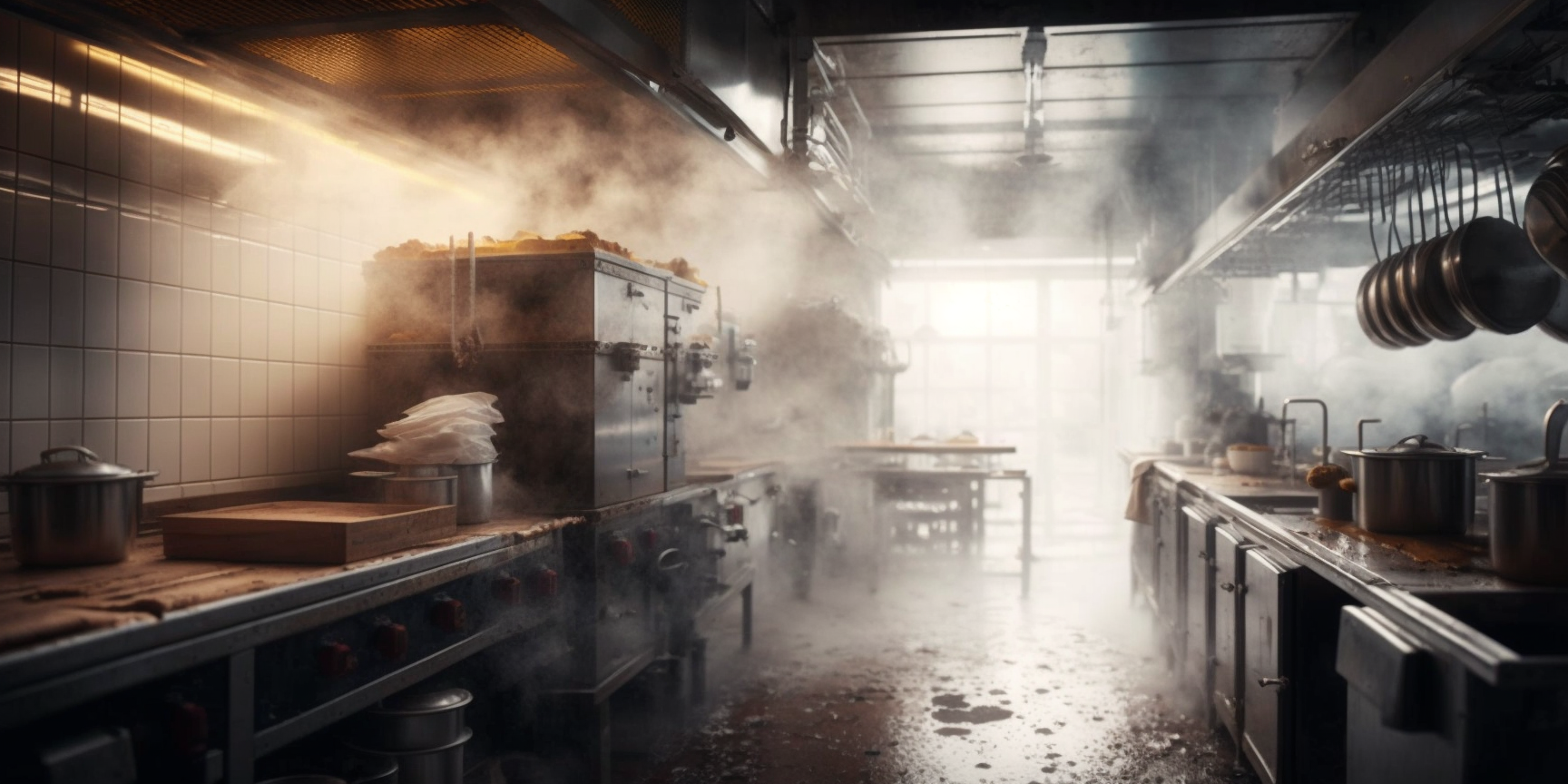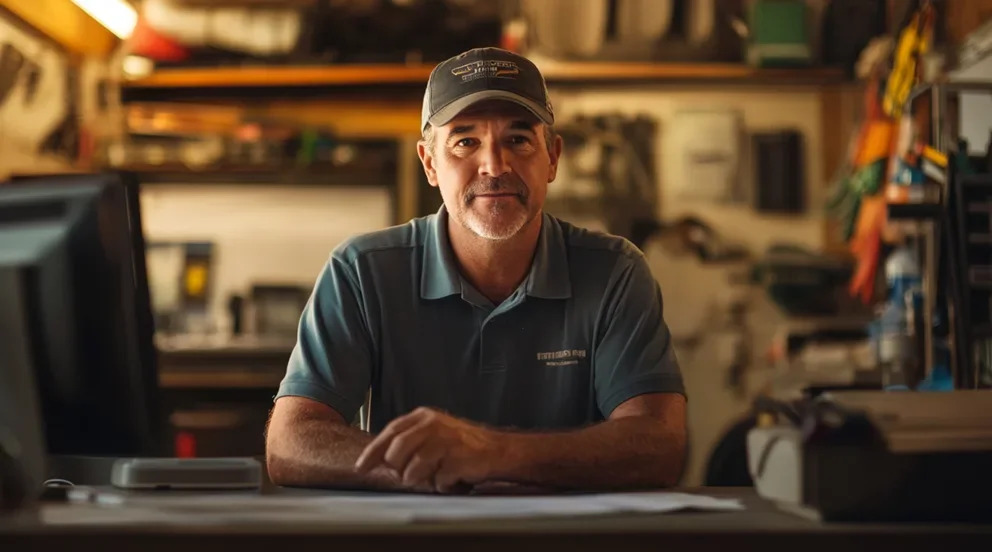A Fire Water System is an essential component for any fire safety system. It consists of multiple components, such as pumps, tanks, and pipes that provide the necessary water needed to fight fires. The pumps provide enough pressure to deliver high volumes of water throughout the system, while tanks are installed to store the water in case it’s needed. The pipes that connect these components together enable fire fighters to access the water resources quickly and efficiently. Additionally, the Fire Water System can be further enhanced with devices like fire hydrants to increase the amount of water delivered on site.
This system can be either manually operated or automatic, depending on the size and scope of the property or industrial facility. A manual system may consist of several pumps connected in series along with various valves and meters; whereas an automatic system will include sophisticated sensors and control systems that respond automatically when a fire is detected.
The Fire Water System helps firefighters by supplying them with a large amount of water quickly so they can effectively fight fires. It also helps protect buildings from damage due to excessive heat or flame propagation by providing a steady stream of water during fires. Furthermore, it keeps hazardous materials contained during a fire emergency by helping ensure that any chemical spills can be contained quickly before they cause more harm.
Fire Water System also serves other important roles such as cooling hot surfaces, preventing thermal shock damage caused by sudden temperature changes, protecting against steam explosions resulting from rapidly heated objects, and suppressing vapor clouds created during chemical reactions.
Fire Water System plays an essential role in helping protect people from danger by ensuring there is always ample access to water for fighting fires quickly and efficiently.
Features of Manual vs Automatic Fire Water System
A manual Fire Water System is a system that requires someone to physically activate components and manually monitor its operation. It is typically used in buildings with limited budgets, as their lower cost of installation and maintenance make them the more affordable option.
The main advantages of a manual system are its reliability and simplicity. Manual systems are easy to install and operate, since they require no advanced technology or software. Furthermore, their operation is not affected by power outages or other electrical disruptions, which makes them an ideal choice for locations that may lack a steady power supply.
However, manual fire water systems come with certain drawbacks. For example, they require constant observation from personnel onsite to ensure their proper functioning, as well as regular maintenance and inspection of the equipment for any potential issues that may arise. This can be time-consuming and labour-intensive. Additionally, manual systems lack the ability to detect developing fires at an early stage, due to not having sensors that can detect smoke or heat in the area.
In comparison to a manual system, an automatic Fire Water System involves complex technology and software components designed to detect heat or smoke from fires at a much earlier stage than manual systems. Automated systems also contain sensors that constantly monitor the building’s environment for signs of combustion activities; this allows them to automatically respond if a fire does break out by activating sprinklers or other safety components which will help extinguish it quickly.
Automatic fire water systems also feature advanced digital control panels which allow users to adjust settings remotely through wireless connections via mobile devices or computers; this makes monitoring from afar possible and provides users with more control over their safety features. In addition, automated systems come with additional benefits such as fewer false alarms due to improved detection accuracy, as well as reduced spending on repairs since many components are self-diagnosing and self-correcting when needed.
Pros and Cons of Manual vs Automatic
Manual fire water systems have been used for many years as a way to ensure that water is available in the event of a fire emergency. The main advantage of such systems is that they are relatively inexpensive to install and maintain, as all the components are manual and require minimal upkeep. Additionally, manual systems are very reliable and generally offer better control over the flow of water than automatic systems.
On the other hand, automatic fire water systems provide greater protection against fires since they can detect a fire faster than manual systems and respond automatically. They also allow for more flexibility with the flow of water, which is particularly beneficial in larger buildings where there may be different sections requiring different levels of protection. In addition, automatic systems may be activated remotely via computer networks or mobile phones, providing additional convenience and safety for building occupants.
However, while automatic fire water systems are more expensive to install and maintain than manual ones due to the need for additional components such as sensors, pumps, valves, sprinkler heads etc., they can save money in the long run by reducing response time and helping to prevent further damage from a fire. Furthermore, some automatic systems include alarms or alerts that notify relevant personnel when there is an issue with the system or when a problem arises with any connected equipment.
Both manual and automatic fire water systems have their advantages and disadvantages depending on the needs of each specific situation. Manual systems are cheaper upfront but lack flexibility in terms of response time and volume control; while automatic ones cost more initially but offer better performance overall with added features such as remote activation and alarm notifications.
What Type of System Works Best for your Business
Fire water systems can be either manual or automatic, and the decision on which type of system to choose depends on the type of business being protected. For businesses with a higher risk of fire such as industrial sites, warehouses, and manufacturing plants, an automatic fire water system is highly recommended due to its ability to detect fires sooner and alert personnel quickly.
Automatic fire water systems are typically comprised of two components: sensors and sprinklers or nozzles. Sensors are placed in areas at high risk for fire, such as in boiler rooms or storage areas, and they detect heat or smoke in order to activate the sprinklers or nozzles when necessary. Sprinklers will then dispense water from pre-installed pipes throughout the building into a designated area to reduce the spread of flames.
Restaurants and hotels may also benefit from an automatic system due to their large presence of combustible materials such as cooking oils, fabrics, paper products, etc. An automatic system can help these establishments minimize damage caused by fires by providing early detection and extinguishing it quickly.
Manual fire water systems are generally used for small businesses that do not have a high risk of fire danger but still want some level of protection against potential fires. These systems rely on manual activation where personnel must manually initiate the system using an alarm panel when there is a danger present. They may be beneficial for office buildings or retail stores since they require minimal maintenance and cost less than an automatic system.
Key Persons Involved
The key personnel involved in the installation, operation, and maintenance of fire water systems are typically engineers, plumbers, electricians, and technicians. These professionals will be responsible for installing the various components of the fire water system, including pipes, pumps, tanks, valves, and sprinkler heads. They may also be in charge of designing and constructing additional elements such as a control panel or an emergency shutoff switch.
Once the system is installed and operational, a trained operator will oversee its functioning on a regular basis. This operator must have knowledge of the system’s components as well as safety protocols that must be followed when operating it. They must also be able to detect any malfunctions or breakdowns with the system quickly since fires can spread rapidly.
In addition to operating the system correctly during normal operations, regular maintenance is essential for ensuring that it is always ready to respond in an emergency situation. Maintenance tasks may include cleaning out clogged pipes or replacing faulty parts with new ones. It could also involve running periodic tests to make sure that all components are working properly according to specifications. Highly skilled technicians should be employed for any repairs that require specialized tools or complex data analysis.
Fires take mere seconds to spread and cause catastrophic damage; therefore having qualified personnel involved in the installation, operation and maintenance of fire water systems is essential for keeping buildings safe from potential disaster situations.
New Solutions that Support Fire Water Systems
The use of fire water systems has become increasingly important in modern buildings due to the growing demand for increased safety and protection. With advanced technologies being developed on a regular basis, new solutions are constantly becoming available to support the use of fire water systems.
One such solution is the integration of IoT (Internet of Things) enabled devices into fire water systems. By connecting these devices to cloud-based platforms, users can monitor their fire water system from anywhere in the world. This allows them to be alerted immediately when there is an issue with their system, while also giving them access to real-time analytics that can help them identify patterns and improve performance.
For buildings that require even more robust fire safety, intelligent Fire Water Systems are now available. These systems use sensors to detect changes in temperature and other parameters associated with fires before they start, allowing for quicker response times and improved prevention methods. Additionally, many of these intelligent systems come equipped with AI-driven features such as predictive algorithms that can alert users when a potential hazard has been detected before any serious damage is caused.
Advances in data storage technology have made it easier than ever before for businesses to securely store information related to their fire water system. Cloud-based storage solutions allow organizations to store vast amounts of data securely and access it quickly in case of an emergency situation. In addition, by using Big Data analysis techniques such as machine learning, businesses can gain valuable insights into how their system performs over time and develop strategies for improving it further.
Key Takeaways:
Fire water systems are an essential safety measure for businesses of all sizes. By leveraging the latest technologies such as IoT-enabled devices, intelligent Fire Water Systems and cloud storage solutions, organizations can keep their premises safe from fires while also ensuring maximum efficiency at all times. Big Data analysis techniques can provide valuable insights into how the system is performing over time and help them develop strategies to improve it further. With these advancements in technology, there has never been a better time to invest in fire water systems that protect your business against potential disaster situations.



